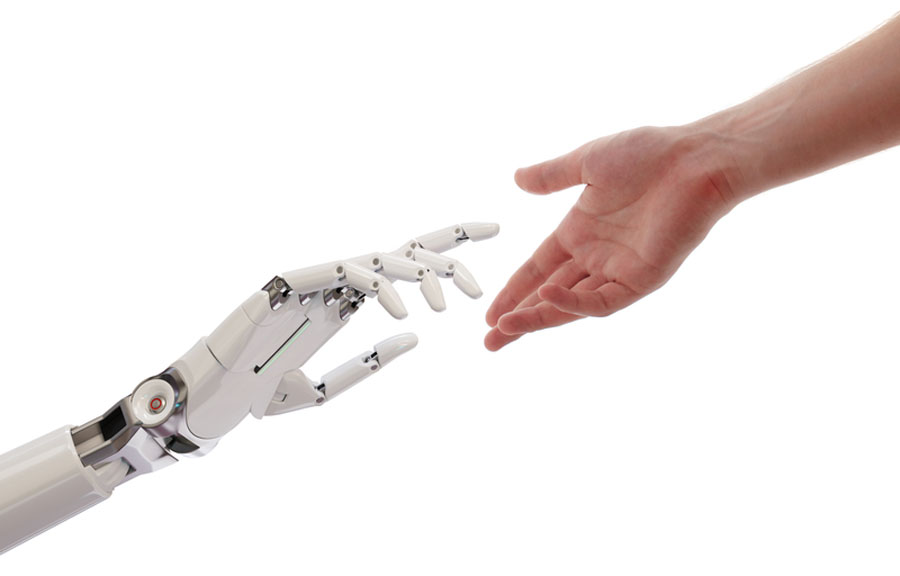Op-Ed: The effect of the cloud in this decade

For a decade, we have heard that the cloud has changed the way we interact with technology. We have real-time access to data, instant information, live connected and faster communications.
We’re talking about productivity, competitiveness, mobility and flexibility. The cloud is transforming us.
But not all clouds are created equal. The “first generation cloud” was built using technology from decades ago. And the more modern cloud of recent years has undergone interesting advances with the power of emerging technologies such as Artificial Intelligence, Blockchain, Augmented Reality or the Internet of Things that have emerged to respond to the increasing demand, reach more people, be more efficient and provide greater security. These technologies, at the same time, are learning and automating more processes.
For this reason, companies have begun to see these tools as alternatives for their businesses. According to IDC, by 2025 more than half of companies will incorporate artificial intelligence into their operations; and in 2024, more than 35% of user interactions will be through digital assistants with the ability to interact through video and audio.
This is why it’s important to understand what is coming in this decade. The first thing is to talk about automation. 90% of data management tasks will be fully automated. By releasing routine administrative tasks from IT professionals, they will be able to develop analytical applications and propose new products and services based on the data.
As organizations continue to discover the value of data-driven ideas, the demand for data scientists will continue to rise. The industry is already seeing a deficit in these skilled workers, and by 2025, according to current data, there won’t be enough to meet growing demand.
Furthermore, the rise of artificial intelligence will create new jobs that have not yet been invented. There are robots that already act as employees in some companies, so leaders must begin to analyze how to enhance collaboration between machines and people.
On the other hand, automated business processes will allow you to create more personalized interactions. By 2025, 80% of sales will be automated allowing professionals to focus on building relationships and work on customer engagement, fostering more meaningful and productive human interactions.
Artificial Intelligence is key
As we mentioned, Artificial Intelligence will be a key actor. 100% of business applications will include some form of Integrated Artificial Intelligence. These technological advancements will have a positive impact on all parts of the business, helping managers and executives gain a better understanding of operations, employees, markets, and customers.
Smart cities is another relevant topic. 80% of the main cities will use the Internet of Things for initiatives that improve the experience of citizens. Machine learning will be used to collect and analyze city data and increase participation. Automating daily interactions will allow people to offer personalized services.
Security is the other big component. There will be 600 times more confidential shared data in the cloud and a sharp increase in security threats. Cyber crimes become more sophisticated over time with the incorporation of the Internet of Things and Artificial Intelligence, making it essential for companies to ensure the security of their data and systems.
By 2025, 80% of security attacks will come from an internal source. Against this, autonomous systems detect incorrect settings and provide continuous protection. The most reliable way to combat these growing threats is through the use of autonomous technologies that can automatically apply patches and validate the integrity of the system 24/7.
80% of the data will be linked to things rather than individuals. In the coming years, most security threats will involve things connected to the Internet. The scale of identity data is larger than ever, with much of it scattered across users, applications, and ecosystems.
By linking additional data with an identity, cybersecurity professionals — with the help of machine learning and Artificial Intelligence — can predict behaviors and patterns that reveal potential security threats. Using predictive analytics.
Additionally, organizations will increase the visibility of their systems to autonomously identify suspicious activity on an unprecedented scale.
The other emerging technologies, then, will be the protagonists of the decade. 100% of the applications for the supply chain will use augmented reality, virtual reality, blockchain, machine learning and/or the Internet of things.

AI algorithms will eliminate the need to make human decisions entirely; virtual reality (VR) and augmented reality (AR) interfaces will enable more immersive experiences for users; Voice-controlled attendees will be able to search for product information and report production milestones, among other things.
And the Blockchain will allow the transfer of digital data with an encoding that will guarantee the integrity of the data, as well as its traceability and reliability.
With all this in mind, welcome to the decade of new technologies.












